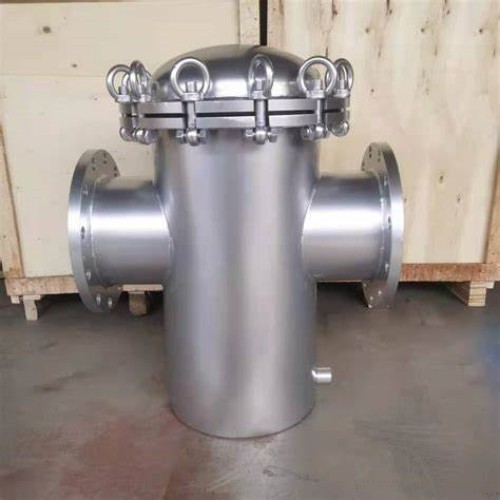y type filter strainer
Understanding Y-Type Filter Strainers A Key Component in Fluid Systems
In various industries, maintaining the integrity of fluid systems is crucial for optimal operation. One effective solution to prevent contamination and ensure the smooth flow of liquids and gases is the use of Y-type filter strainers. These essential components are designed to protect expensive equipment from damage caused by debris, rust, and other particulates.
What is a Y-Type Filter Strainer?
A Y-type filter strainer is a type of filtration device known for its unique design, resembling the letter Y. It consists of a body with two openings and a diagonal filter element inside. The liquid or gas enters through one end, passes through the filter element, and exits through the other end. The diagonal arrangement of the filter allows for easier maintenance and cleaning compared to straight-through designs.
Key Features and Benefits
1. Effective Filtration The primary purpose of a Y-type filter strainer is to remove solid particles from fluid systems. These strainers can filter out debris, scale, and sediments as small as 0.5 mm, depending on the mesh size of the strainer used. This ensures that the downstream equipment, including pumps, valves, and heat exchangers, remains free from obstructions.
2. Easy Maintenance One of the most significant advantages of Y-type strainers is their user-friendly design. The strainers often come with a blow-off valve or a clean-out cover at the bottom, allowing operators to easily clean or replace the filter element without having to dismantle the entire pipeline. This minimizes downtime and maintenance costs.
3. Versatility Y-type filter strainers are suitable for various applications across different industries, including water treatment, petrochemical, HVAC, and food and beverage processing. They can be used with different fluids, such as water, oil, and gas, making them a versatile choice for many operations.
4. Durability Constructed from robust materials such as stainless steel, cast iron, or carbon steel, Y-type strainer filters are designed to withstand high pressures and temperatures. This durability ensures a long service life, even in harsh environments.
y type filter strainer

5. Cost-Effective By preventing costly damage to critical equipment and reducing maintenance efforts, Y-type filter strainers contribute to significant cost savings in the long run. Investing in quality strainers can protect against unplanned downtime, repairs, and replacement costs.
Choosing the Right Y-Type Filter Strainer
When selecting a Y-type filter strainer for your specific application, several factors must be considered
- Flow Rate Determine the flow rate of the fluid system to ensure that the strainer can handle the required capacity without causing pressure drops.
- Mesh Size Choose the appropriate mesh size based on the particulates needing removal. A finer mesh will filter smaller particles but may also require more frequent cleaning.
- Material Compatibility Ensure the strainer material is compatible with the fluid being filtered, considering factors such as temperature and chemical composition.
- Installation Orientation Y-type strainers can be installed horizontally or vertically, but the orientation can affect performance. Vertical installation often works best for gravity drainage, while horizontal is suitable for most fluid systems.
Conclusion
In conclusion, Y-type filter strainers play an essential role in protecting fluid systems from contamination and ensuring efficient operation. Their effective filtration capabilities, combined with easy maintenance, versatility, and durability, make them invaluable in various industries. By carefully selecting the right Y-type strainer for your application, you can enhance the longevity of your equipment, reduce operational costs, and maintain system efficiency. Whether you’re in the manufacturing, energy, or municipal sectors, investing in a high-quality Y-type filter strainer can lead to significant benefits for your operational processes.
-
High-Security Lockable Gas Valve - Tamper-Proof ControlNewsAug.30,2025
-
Reliable Hydraulic Valves for Efficient Fluid ControlNewsAug.29,2025
-
Reliable Electric Actuators for Industrial Valve AutomationNewsAug.29,2025
-
Premium Line Blind Valves for Secure Pipeline IsolationNewsAug.29,2025
-
Premium Electric Valves for Smart Fluid Control SolutionsNewsAug.29,2025
-
Precision Balanced Valves for Optimal System PerformanceNewsAug.29,2025
-
Heavy-Duty Flanged Butterfly Valves for Water SystemsNewsAug.29,2025




